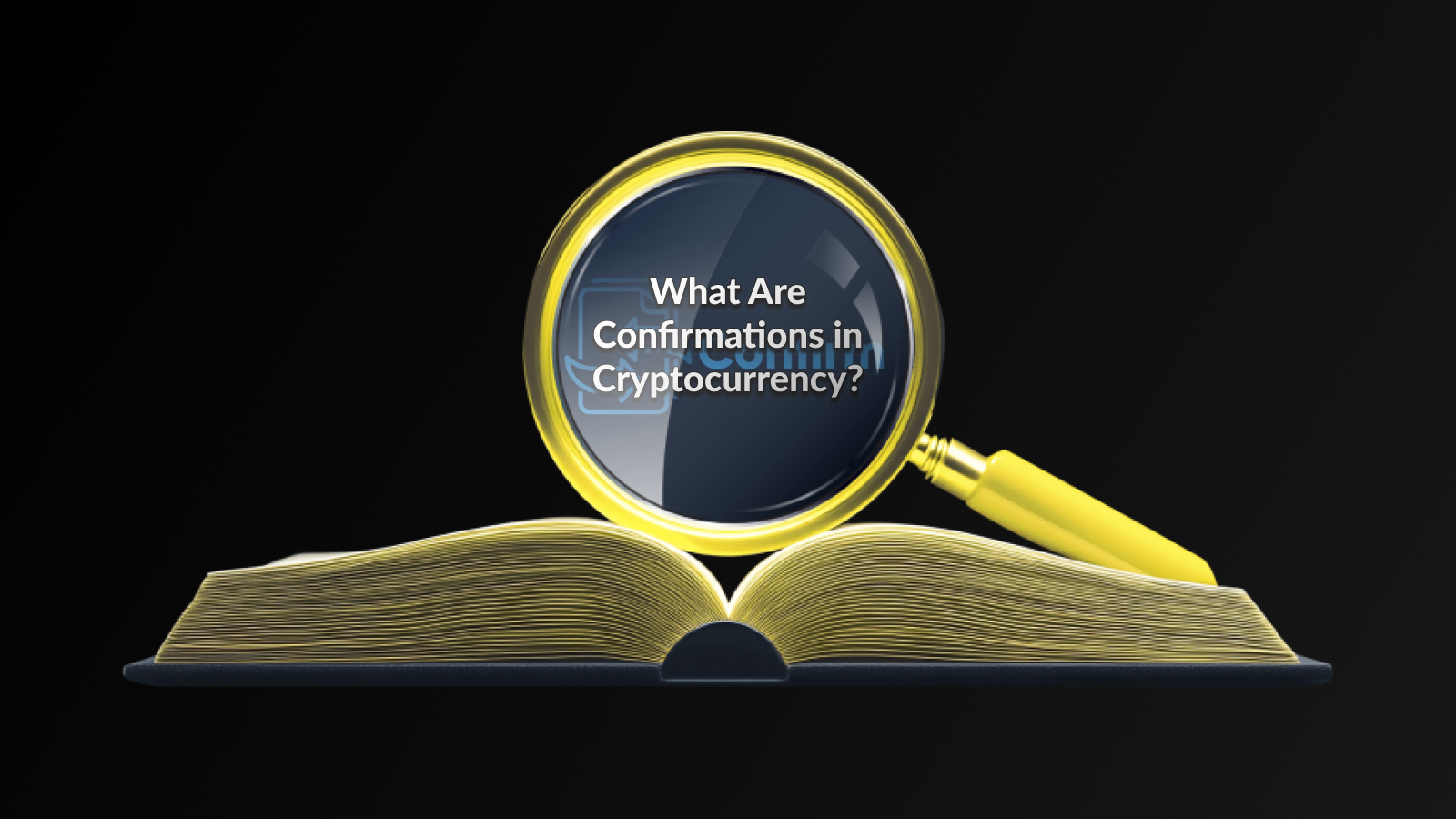Why Are Confirmations Important?
Confirmations in cryptocurrency play a crucial role in maintaining the integrity and security of transactions in the digital space. Each time a transaction is confirmed, it is added to the blockchain, a public ledger that records all transactions in a transparent and tamper-proof manner. This process ensures that once a transaction is confirmed, it cannot be altered or reversed without the consensus of the network, thereby safeguarding against fraud and double spending.
The number of blockchain confirmations can indicate the level of risk associated with a transaction. Fewer confirmations might mean that the transaction is still processing and could be vulnerable to interception. On the other hand, a greater number of confirmations signals higher security and feedback that the transaction was successfully validated by multiple nodes in the network.
Moreover, the concept of confirmations is not just about security; it also influences user trust in the cryptocurrency network. Many users feel more confident when their transactions receive multiple confirmations as it provides assurance that their funds are safely transacted and recorded.
In essence, understanding and valuing confirmations in cryptocurrency is essential for anyone involved in digital transactions. It reflects both the security mechanisms at play and the overall reliability of the blockchain technology powering these transactions.
How Many Confirmations Are Enough?
When it comes to confirmations in cryptocurrency, the number required can vary significantly depending on the specific blockchain and the transaction’s purpose. Generally, the more confirmations a transaction has, the more secure it is considered. For instance, Bitcoin transactions typically require six confirmations for the transaction to be deemed final. This standard ensures that the transaction is robust against double-spending and other potentially fraudulent activities.
Other cryptocurrencies might have different requirements; for example, Ethereum generally considers a transaction secure after 30 confirmations, while Litecoin often follows the Bitcoin standard of six. It’s crucial to understand these blockchain confirmations to gauge how secure your transaction is at any given moment.
In practice, the number of confirmations you need often depends on the amount being transferred. For smaller amounts, users may feel comfortable with as few as one or two confirmations. However, larger transactions often necessitate waiting for several more confirmations to ensure security.
The decision on how many confirmations are necessary can also be influenced by personal risk tolerance and the specific use case of the transaction.
How to Check Transaction Confirmations?
Checking the confirmations in cryptocurrency for your transactions is essential to ensure they are secure and processed successfully. The process varies slightly depending on the blockchain, but there are general steps you can follow.
First, you need to find a reliable blockchain explorer. These tools allow you to search for transactions by entering the transaction hash or your wallet address. Popular explorers include blockchain.info for Bitcoin and etherscan.io for Ethereum.
Once you enter the necessary details, the explorer will display the transaction status, including the number of blockchain confirmations it has received. A higher number of confirmations indicates a more secure transaction, as it is less likely to be reversed.
Additionally, many cryptocurrency wallets also provide features to check transaction confirmations directly within their interface, making it easier for users to stay informed about their transaction statuses.
Regularly monitoring your transactions will help you gain a better understanding of the confirmations in cryptocurrency and enhance your confidence in using digital currencies.
Reducing Confirmation Delays
Delays in transaction confirmations can be frustrating for users and can lead to uncertainty in completing trades. To help mitigate these issues, there are several strategies that can be employed to speed up blockchain confirmations.
One effective approach is adjusting the transaction fees. Higher fees often incentivize miners to prioritize your transaction, resulting in faster confirmations. Users should assess the current network congestion and set their fees accordingly. Tools and apps that provide guidance on optimal fee settings can be quite beneficial in this regard.
Another way to reduce confirmation delays is by initiating transactions during periods of lower network activity. Typically, weekends or off-peak hours can lead to faster processing times, as there is less competition for miner attention.
Additionally, utilizing faster blockchain networks can be an excellent alternative. Some cryptocurrencies offer quicker confirmation times compared to others, so choosing the right one based on your needs can lead to a more reliable transaction experience.
Frequently Asked Questions
What are confirmations in cryptocurrency?
Confirmations in cryptocurrency refer to the number of blocks that have been added to the blockchain after a transaction has been included in a block. Each new block created adds a confirmation to the transaction.
Why are confirmations important in crypto transactions?
Confirmations are important because they indicate the transaction’s security and permanence. A higher number of confirmations makes it difficult for a transaction to be reversed or double-spent.
How many confirmations are generally considered secure?
While the number of confirmations required for a secure transaction can vary, most exchanges suggest waiting for at least 3 to 6 confirmations for smaller transactions, and more for larger transactions, to ensure security.
Can a transaction be reversed once it has been confirmed?
Once a transaction has received a sufficient number of confirmations, it is very unlikely to be reversed. The decentralized nature of blockchain technology makes altering confirmed transactions extremely difficult.
What happens if a transaction has zero confirmations?
A transaction with zero confirmations is considered unconfirmed and remains in the mempool, where it can be reversed or canceled until it is included in a block and receives its first confirmation.
Do different cryptocurrencies require different numbers of confirmations?
Yes, different cryptocurrencies have different consensus mechanisms and network speeds, leading to varying requirements for confirmations. For example, Bitcoin typically requires more confirmations than Ethereum.
How can users check the number of confirmations for their transaction?
Users can check the number of confirmations for their transaction by using blockchain explorers specific to the cryptocurrency they are using. These tools allow users to input their transaction ID and view the current status.
Disclaimer
This article is for informational purposes only and does not constitute financial or investment advice. Cryptocurrency transactions involve risks, including potential delays or losses. Always conduct thorough research and consult with professionals before making any financial decisions.





